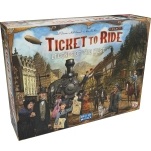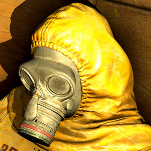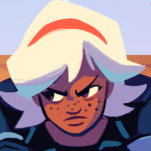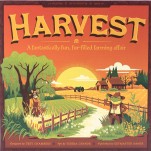Mario and Luigi: Paper Jam: Identity Crisis
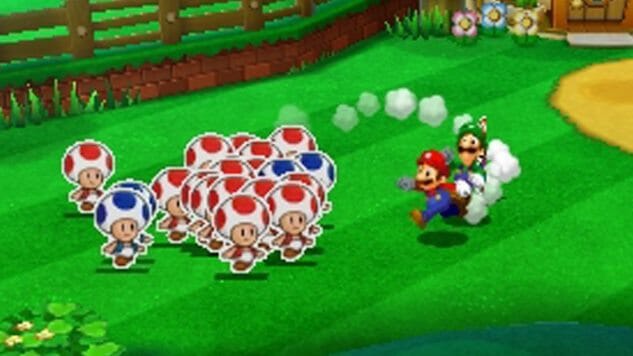
You know who they are. You’ve seen them before. Goombas, Toads, Koopas. Princesses in pink dresses and spiked-shell mutant turtles. And the heroes, color-coded plumbers with soup strainers and the power to throw fire. The one difference? Some are flat, and some are not.
The reliance on classic Mushroom Kingdom characters at first appears stale to those who have played earlier Mario role-playing games, especially those games starring dynamic one-off weirdos like Geno and Fawful. But sticking to the mainline familiars lets Nintendo do a special thing in this unexpected mash-up: Allow the flattened doppelgängers from the world of Paper Mario confront those from Mario & Luigi for the first time.
What happens when a Paper Princess meets the real deal? An early joke even capitalizes on the distinction: “What does real even mean?” a Toad asks quietly, before moving on with the story. The player is left to ponder the semantics of identity. Meanwhile, expectations continue to topple.
Whereas recent forays like Paper Mario: Sticker Star threw out nearly all traditional RPG rules such as leveling up your experience, Paper Jam retains that still-satisfying progression from weakling to brute. And though this new version maintains conventions expected in a traditional role-playing game—towns filled with info-giving villagers and monsters stalking an overworld—it adds a great number of required excursions to the formula.
At times, the result feels like that most dreaded of genre subheadings: “minigame collection.” The quest is waylaid time and again in order to do something completely different: Find fifteen Paper Toads hidden in the scenery; battle foes without your normal actions, relying only on self-defense; sneak around Shy Guys with binoculars without being spotted.

The variety of tasks helps keep the monotony of a normal role-playing game at bay. But it’s tough to shake the feeling that the hodgepodge of game types weakens Paper Jam’s identity as it flips from one kind of experience to another. In the west, “RPG” isn’t even in the title, though it is in Japan, where it’s called Mario & Luigi RPG: Paper Mario Mix. But instead of a focus on standard free-roaming exploration, Nintendo and developers AlphaDream have delivered on something closer to an action-puzzle grab-bag.
Depending on your interests, these sidelines will either deepen your enjoyment of the overall experience or cause great frustration, keeping you from the battle/leveling-up feedback loop that hooks so many RPG veterans. Paper Jam does intertwine its story beats with these diversions, if thinly, so that it never feels wholly arbitrary. And if you can get on-board with the paper-versions of fictional characters run amok in a fantasy land conceit, there’s plenty of fun reveals and twists to be had.
Luigi continues to be the butt of a hundred jokes. But at least his new sidekick is happy to console him: Seeing that Luigi is crying due to losing a special item, Paper Mario folds into a napkin. Luigi takes the Mario napkin and dries his eyes, after which the living tissue squeegees himself out and pops back into Mario form. These small details make the world an inviting one to stumble across. And new abilities are doled out consistently, giving you a bevy of tools with which to poke and prod your surroundings.
One element new to this sequel is the use of a giant papercraft version of a character. He (or she) is rolled out and you engage in something close to sumo wrestling against giant papercraft enemies. Again, the love is in the details. At first glance you appear to be moving via wheels or tank treads; look more closely and your papercraft giant stands atop a platform held up by a dozen Toads. The 3DS bottom-screen is an overhead map, and you have to pummel enough giant Goombas and some boss enemy such as Kamek the magician to clear the stage.
Once you do, the action stops and the line “CLEARED” flashes on the screen, before jumping back to the normal view. Immersion isn’t necessarily the hallmark of a good Mario game; our participation requires an outsized capacity for pretending. Keeping these seams visible is a part of the package.
-

-

-

-

-

-

-

-

-

-

-

-

-

-

-

-

-

-

-

-

-

-

-

-

-

-

-

-

-

-

-

-

-

-

-

-

-

-

-

-




































